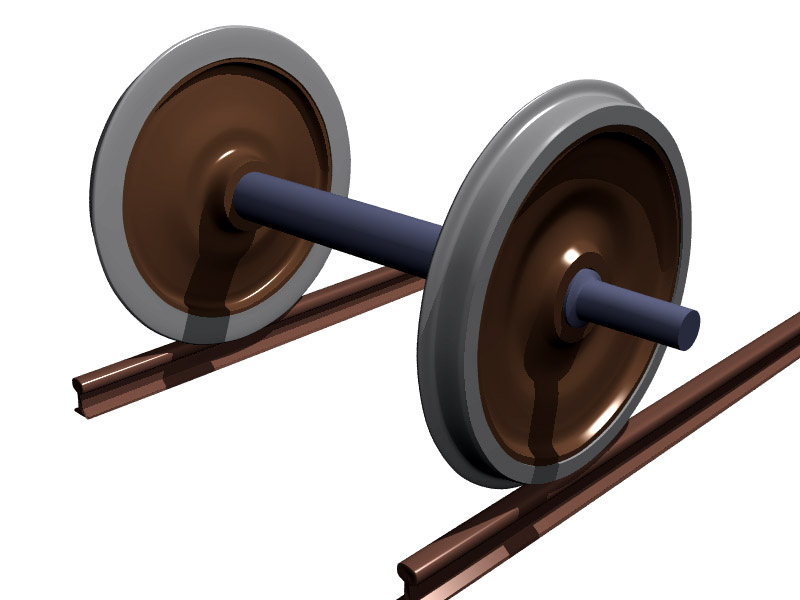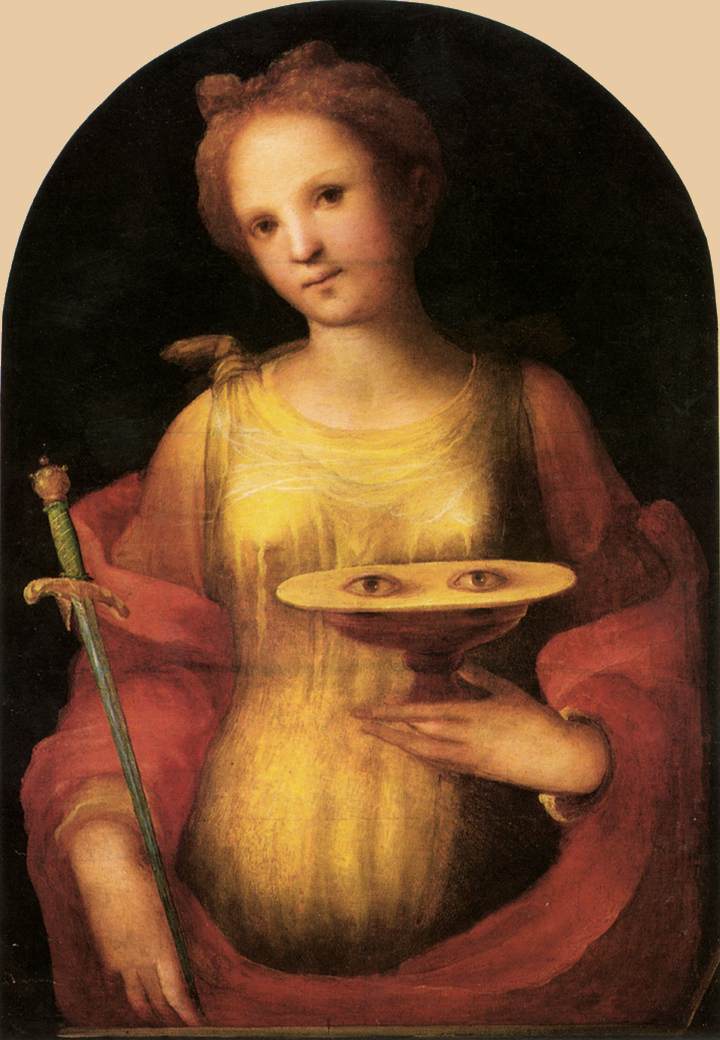|
Goršeti
Goršeti is a village in Croatia, under the Brod Moravice township, in Primorje-Gorski Kotar County. Geography It is south of the Kupa, across from Vrt, west of Kavrani and Laze pri Predgradu, east of Donji Šajn and Klepeće Selo, and southeast of Gornji Šehovac and Donja Lamana Draga. History Before the breakup of Yugoslavia, Saint Lucy's Day was celebrated in Goršeti by residents from both sides of the river. Goršeti had been proposed as the location for the bridge in Blaževci, but Goršeti was given the choice between a bridge or a school, and they chose the school (now in ruins). The school was built with stones carried by workers on their shoulders from the Slovene side of the river. The road from Štefanci to Goršeti was built by the ''Šumarija Vrbovsko'' while felling ''Ostrya carpinifolia'' for axles and wheel A wheel is a rotating component (typically circular in shape) that is intended to turn on an axle Bearing (mechanical), bearing. The wheel is on ... [...More Info...] [...Related Items...] OR: [Wikipedia] [Google] [Baidu] |
Blaževci, Croatia
Blaževci is a village in Croatia, under the Vrbovsko township, in Primorje-Gorski Kotar County. Geographically, it is in the Kupa canyon, in a series of arable land, arable fields running from Dol, Črnomelj, Dol to Dolenji Radenci biscted by the river Kupa. Ecclesiastically, it belongs to the Plemenitaš parish. It is regionally important for its border crossing with Slovenia, and for one of the last functional sawmills on the river. Tourism mostly focuses on rafting and kayaking, although a smaller percentage of visitors come for the nearby scenic viewpoints of Orlova stijena and Sodevska stena, or to climb one of the nearby mountains. Geography Blaževci was built on the alluvial plain, alluvial field ''Blaževačko polje'', with a long bank (geography), riverbank. It is the largest field by area on the right bank of the Kupa between ''Čedanj, Čedanjsko polje'' upstream and ''Damalj, Damaljsko polje'' downstream. ''Blaževačko polje'' is part of a connected series of fi ... [...More Info...] [...Related Items...] OR: [Wikipedia] [Google] [Baidu] |
Štefanci
Štefanci is a village in Croatia, under the Vrbovsko township, in Primorje-Gorski Kotar County. As of its foundation on 3 March 2008, it belongs to the of Plemenitaš. Ecclesiastically, it is under the Plemenitaš parish. History On 28 June 1774, lord Mihal Mikulić of Severin on behalf of count Krsto II Oršić drew up in Severin a list of duties of freedmen and serfs in Razdrto, Štefanci, Blaževci, Zapeć, Plemenitaš and Košac. It was signed by Petar Štefanec of Štefanci. The villagers of Štefanci were freemen, although they could not prove it in writing. The original survives in the HDA in Zagreb, survives in the HDA, and was published by . Intermarriages across the Kupa were not uncommon historically, with such marriages taking place on the territory of Plemenitaš in 1884 (with Daljnje Njive), 1885 (Toplica in Carniola), 1886 ( Stari Trg), 1919 (Predgrad), 1926 (Sodevci), and possibly some cases after 1945. In all such cases but 1886, the man was from Štefanci ... [...More Info...] [...Related Items...] OR: [Wikipedia] [Google] [Baidu] |
Brod Moravice
Brod Moravice is a municipality in the Primorje-Gorski Kotar County in western Croatia. The Lujzijana road passes through it. History Brod Moravice was first mentioned in 1260. The rural municipality was founded in the 14th century. Throughout history, it has also been known as Moravice, Gornje Moravice, Turanj and Brodske Moravice. The name was first recorded in one of Bela IV's documents in 1260. The first settlements appeared in Gorski kotar as early as the 10th or 11th centuries, due to the fact that routes to the coast passed through this area. During the 15th and 16th centuries, the municipality was the subject of numerous Turkish raids. On 4 June 1657, as part of a delimitation between the possessions of the Zrinski family in Brod na Kupi, Brod and those of the Frankopan family, Frankapan family in Severin na Kupi, Severin, a document was drawn up before a committee in Moravičke Drage consisting of baron Planker ''oberhautmann'' of Karlovac on behalf of Juraj IV Frankopan ... [...More Info...] [...Related Items...] OR: [Wikipedia] [Google] [Baidu] |
List Of Counties Of Croatia
The counties of Croatia () are the first-level administrative subdivisions of the Republic of Croatia. Since they were re-established in 1992, Croatia has been divided into 20 counties and the capital city of Zagreb, which has the authority and legal status of both a county and a city (separate from the surrounding Zagreb County). As of 2015, the counties are subdivided into 128 cities and 428 (mostly rural) municipalities. The divisions have changed over time since the medieval Croatian state. They reflected territorial losses and expansions; changes in the political status of Dalmatia, Dubrovnik and Istria; and political circumstances, including the personal union and subsequent development of relations between the Kingdom of Croatia-Slavonia and the Kingdom of Hungary. Government County assembly () is a representative and deliberative body in each county. Assembly members are elected for a four-year term by popular vote ( proportional system with closed lists and d'H ... [...More Info...] [...Related Items...] OR: [Wikipedia] [Google] [Baidu] |
Klepeće Selo
Klepeće Selo is a settlement in the Municipality of Brod Moravice in Croatia Croatia, officially the Republic of Croatia, is a country in Central Europe, Central and Southeast Europe, on the coast of the Adriatic Sea. It borders Slovenia to the northwest, Hungary to the northeast, Serbia to the east, Bosnia and Herze .... In 2021, its population was 1. Demographics References Populated places in Primorje-Gorski Kotar County {{PrimorjeGorskiKotar-geo-stub ... [...More Info...] [...Related Items...] OR: [Wikipedia] [Google] [Baidu] |
Axle
An axle or axletree is a central shaft for a rotation, rotating wheel and axle, wheel or gear. On wheeled vehicles, the axle may be fixed to the wheels, rotating with them, or fixed to the vehicle, with the wheels rotating around the axle. In the former case, bearing (mechanical), bearings or Bushing (bearing), bushings are provided at the mounting points where the axle is supported. In the latter case, a bearing or bushing sits inside a central hole in the wheel to allow the wheel or gear to rotate around the axle. Sometimes, especially on bicycles, the latter type of axle is referred to as a ''spindle (tool), spindle''. Terminology On cars and trucks, several senses of the word ''axle'' occur in casual usage, referring to the shaft itself, its housing, or simply any transverse pair of wheels. Strictly speaking, a shaft that rotates with the wheel, being either Bolt (fastener), bolted or rotating spline, splined in fixed relation to it, is called an ''axle'' or ''axle shaft ... [...More Info...] [...Related Items...] OR: [Wikipedia] [Google] [Baidu] |
Ostrya Carpinifolia
''Ostrya carpinifolia'', the European hop-hornbeam, is a tree in the family Betulaceae. It is the only species of the genus ''Ostrya'' that is native to Europe. The specific epithet ''carpinifolia'' means "hornbeam-leaved", from , the Latin word for "hornbeam". Common name The name hophornbeam is derived from the ancient Greek name of a hard wood tree. Description ''Ostrya carpinifolia'' is a broadleaf deciduous tree, that can reach up to . It has a conical or irregular crown and a scaly, rough bark, and alternate and double-toothed birch-like leaves 3–10 cm long. The leaves are many-veined with 11-15 pairs and have a slightly hairy or smooth underside. The flowers are produced in spring, with male catkins long and female catkins long. The fruit form in pendulous clusters long with 6–20 seeds; each seed is a small nut long, fully enclosed in a bladder-like involucre. Distribution and habitat ''Ostrya carpinifolia'' is found in Lebanon, Italy, France, Austria ... [...More Info...] [...Related Items...] OR: [Wikipedia] [Google] [Baidu] |
Saint Lucy
Lucia of Syracuse ( – 304 AD), also called Saint Lucia () and better known as Saint Lucy, was a Roman people, Roman Christian martyr who died during the Diocletianic Persecution. She is venerated as a saint in Catholic Church, Catholic, Anglicanism, Anglican, Lutheranism, Lutheran, Eastern Orthodox Church, Eastern Orthodox and Oriental Orthodox Church, Oriental Orthodox Christianity. She is one of eight women (including Mary, mother of Jesus, the Virgin Mary) explicitly commemorated by Catholics in the Canon of the Mass. Her traditional feast day, known in Europe as Saint Lucy's Day, is observed by Western Christianity, Western Christians on 13 December. Lucia of Syracuse was honored in the Middle Ages and remained a well-known saint in early modern England. She is one of the best known virgin martyrs, along with Agatha of Sicily, Agnes of Rome, Saint Cecilia, Cecilia of Rome, and Catherine of Alexandria. Sources The oldest record of her story comes from the fifth-century ''A ... [...More Info...] [...Related Items...] OR: [Wikipedia] [Google] [Baidu] |
Breakup Of Yugoslavia
After a period of political and economic crisis in the 1980s, the constituent republics of the Socialist Federal Republic of Yugoslavia split apart in the early 1990s. Unresolved issues from the breakup caused a series of inter-ethnic Yugoslav Wars from 1991 to 2001 which primarily Bosnian War, affected Bosnia and Herzegovina, neighbouring parts of Croatian War of Independence, Croatia and, some years later, Kosovo War, Kosovo. Following the Allies of World War II, Allied victory in World War II, Yugoslavia was set up as a federation of six republics, with borders drawn along ethnic and historical lines: Socialist Republic of Bosnia and Herzegovina, Bosnia and Herzegovina, Socialist Republic of Croatia, Croatia, Socialist Republic of Macedonia, Macedonia, Socialist Republic of Montenegro, Montenegro, Socialist Republic of Serbia, Serbia, and Socialist Republic of Slovenia, Slovenia. In addition, two autonomous provinces were established within Serbia: SAP Vojvodina, Vojvodina an ... [...More Info...] [...Related Items...] OR: [Wikipedia] [Google] [Baidu] |
Donja Lamana Draga
Donja Lamana Draga is a small village in Brod Moravice municipality, Croatia Croatia, officially the Republic of Croatia, is a country in Central Europe, Central and Southeast Europe, on the coast of the Adriatic Sea. It borders Slovenia to the northwest, Hungary to the northeast, Serbia to the east, Bosnia and Herze .... History On 18 July 2023, the wind of a thunderstorm hit the 35/20 KV Kupjak substation, leaving Lamana Draga without power. Demographics References Populated places in Primorje-Gorski Kotar County {{PrimorjeGorskiKotar-geo-stub ... [...More Info...] [...Related Items...] OR: [Wikipedia] [Google] [Baidu] |
Gornji Šehovac
Gornji Šehovac is an uninhabited settlement in Croatia Croatia, officially the Republic of Croatia, is a country in Central Europe, Central and Southeast Europe, on the coast of the Adriatic Sea. It borders Slovenia to the northwest, Hungary to the northeast, Serbia to the east, Bosnia and Herze .... References Ghost towns in Croatia {{Croatia-geo-stub ... [...More Info...] [...Related Items...] OR: [Wikipedia] [Google] [Baidu] |
Donji Šajn
Donji Šajn is an uninhabited settlement in Croatia Croatia, officially the Republic of Croatia, is a country in Central Europe, Central and Southeast Europe, on the coast of the Adriatic Sea. It borders Slovenia to the northwest, Hungary to the northeast, Serbia to the east, Bosnia and Herze .... References Ghost towns in Croatia {{Croatia-geo-stub ... [...More Info...] [...Related Items...] OR: [Wikipedia] [Google] [Baidu] |




